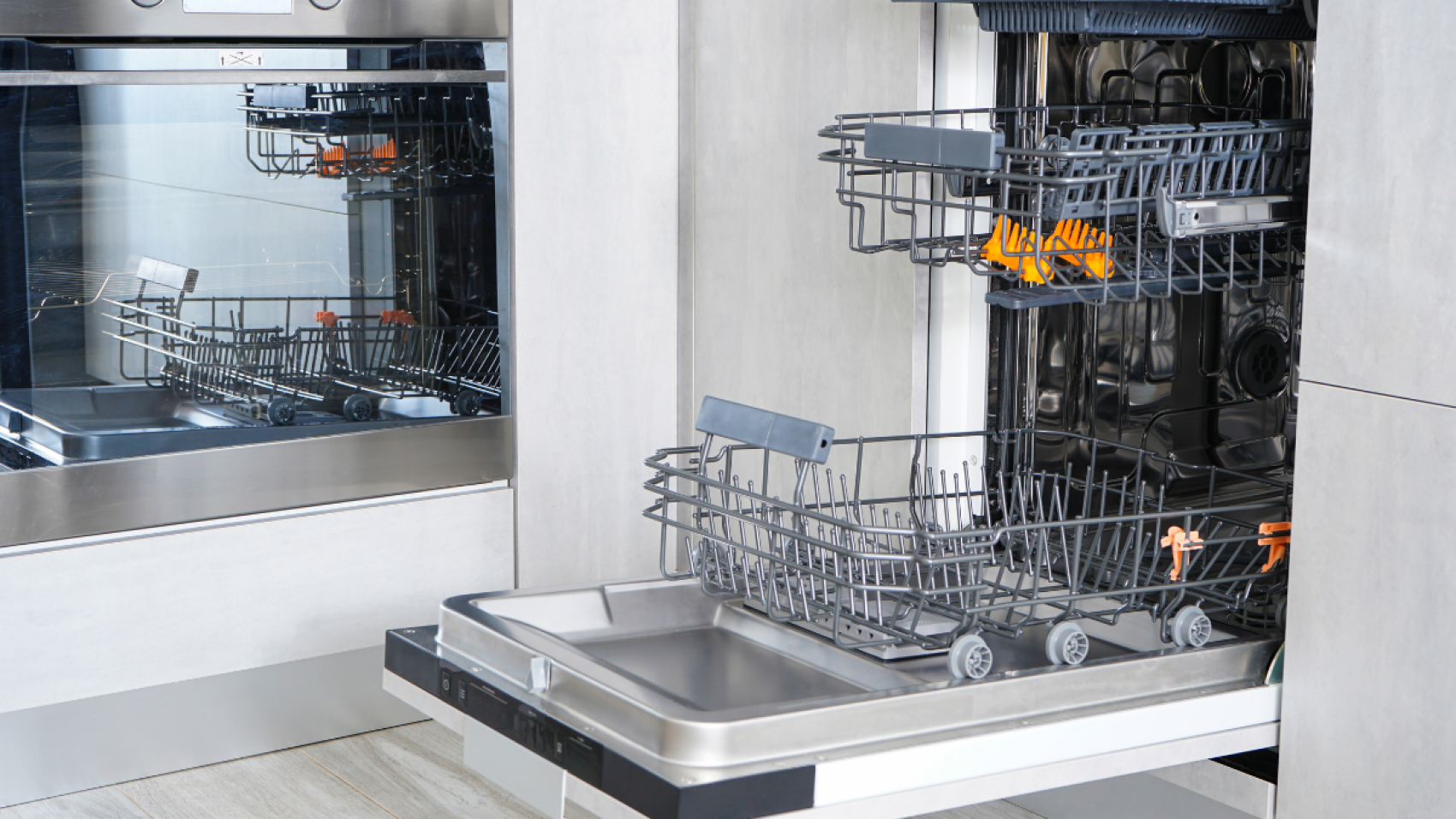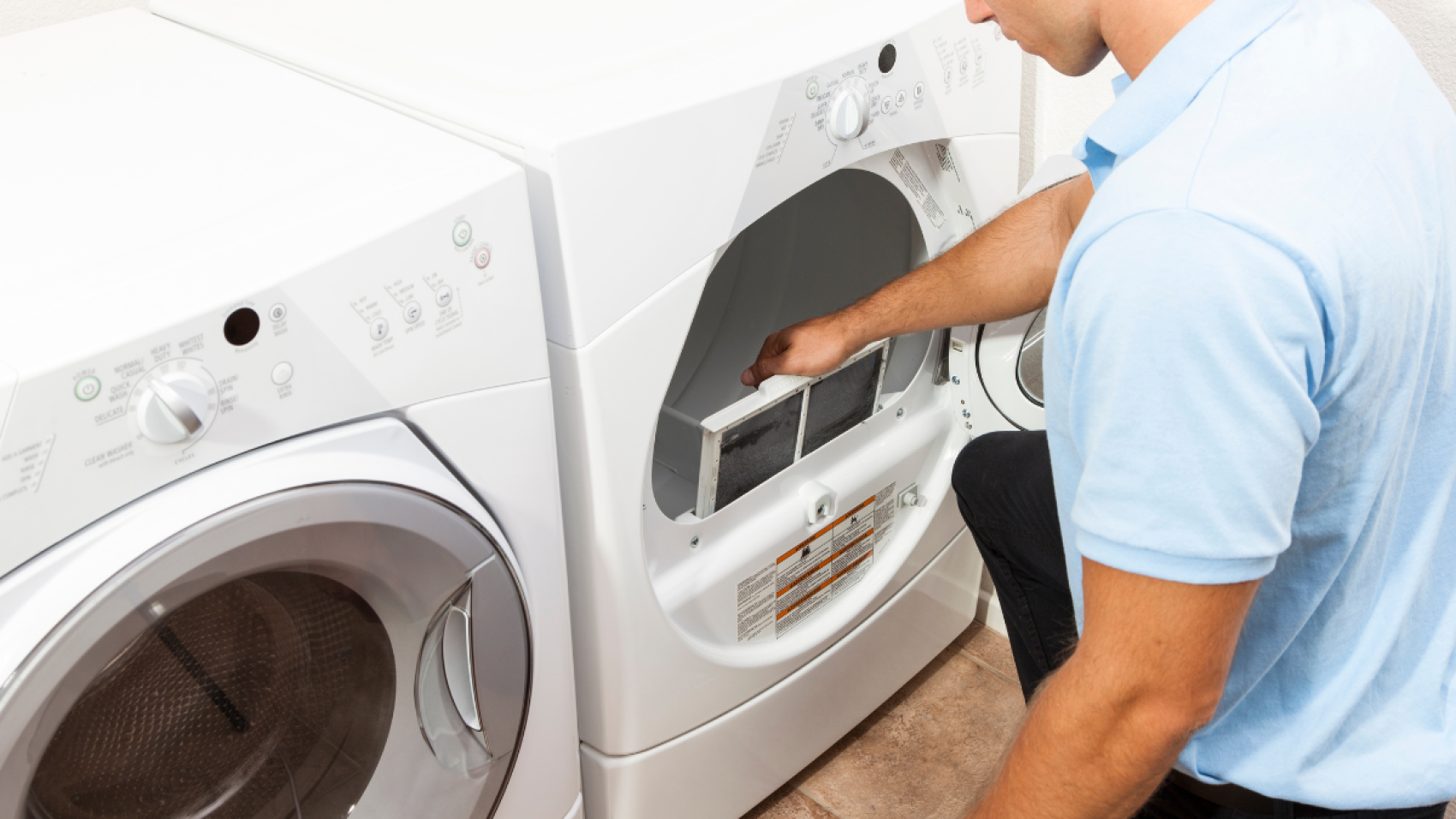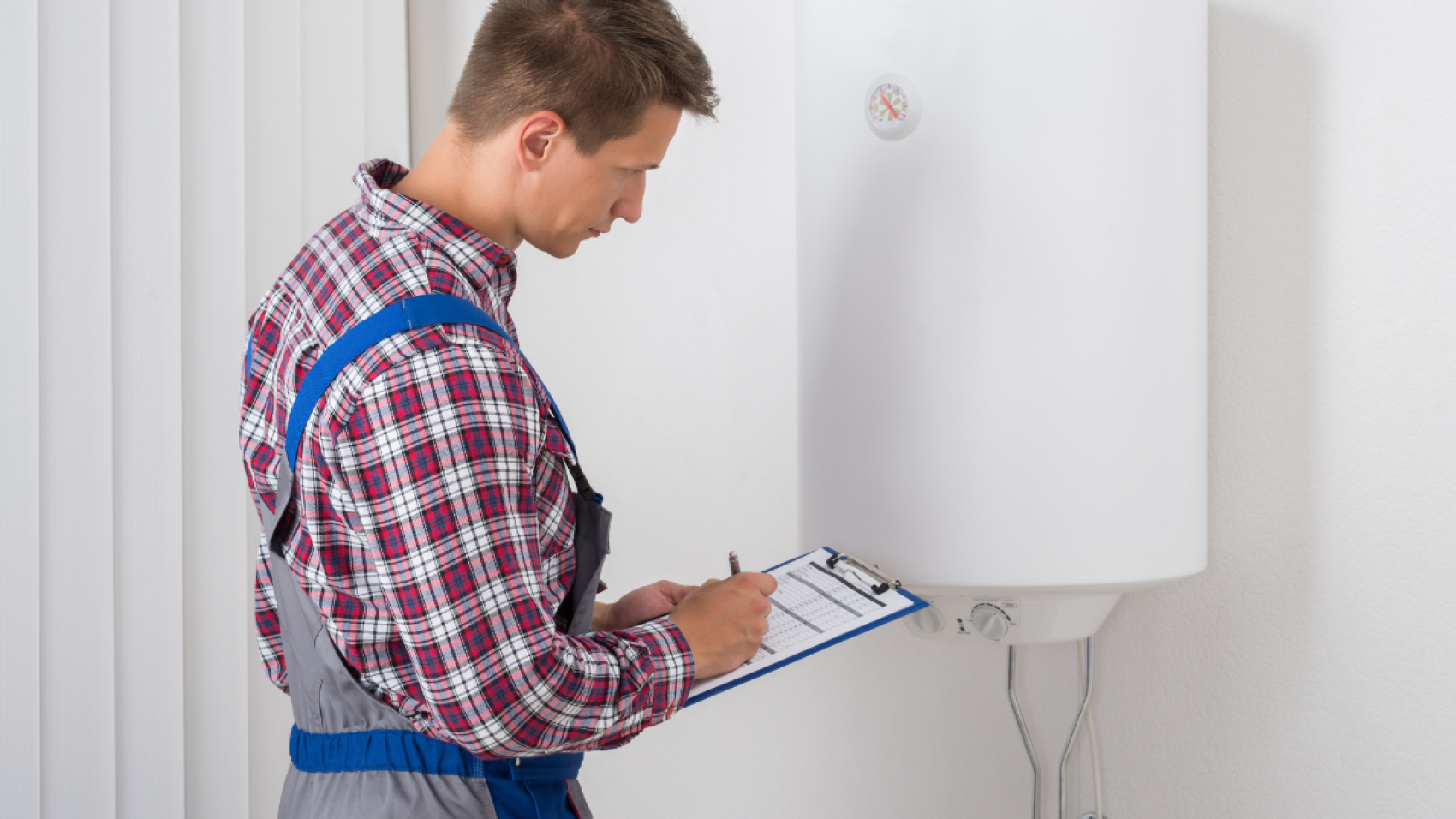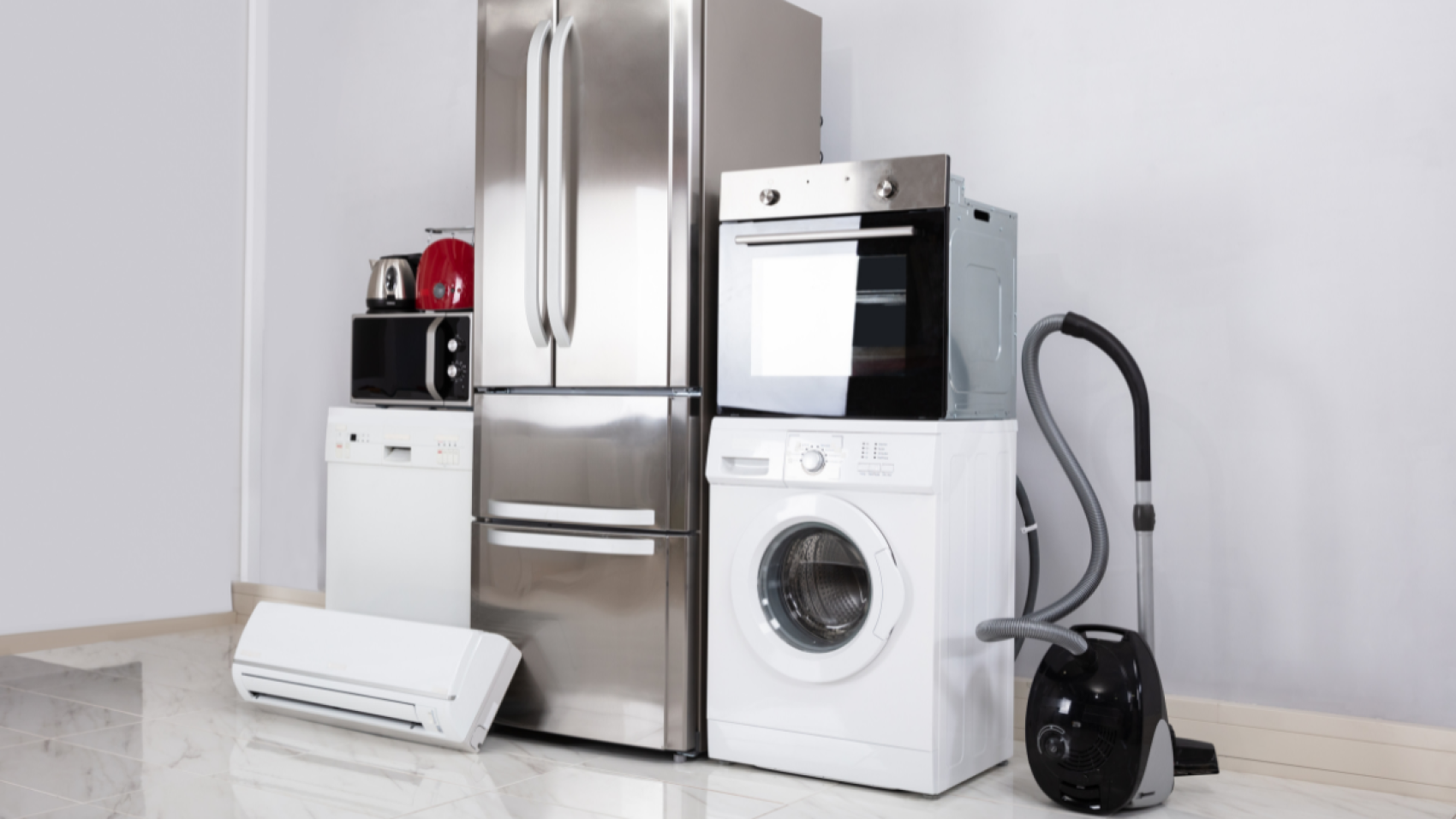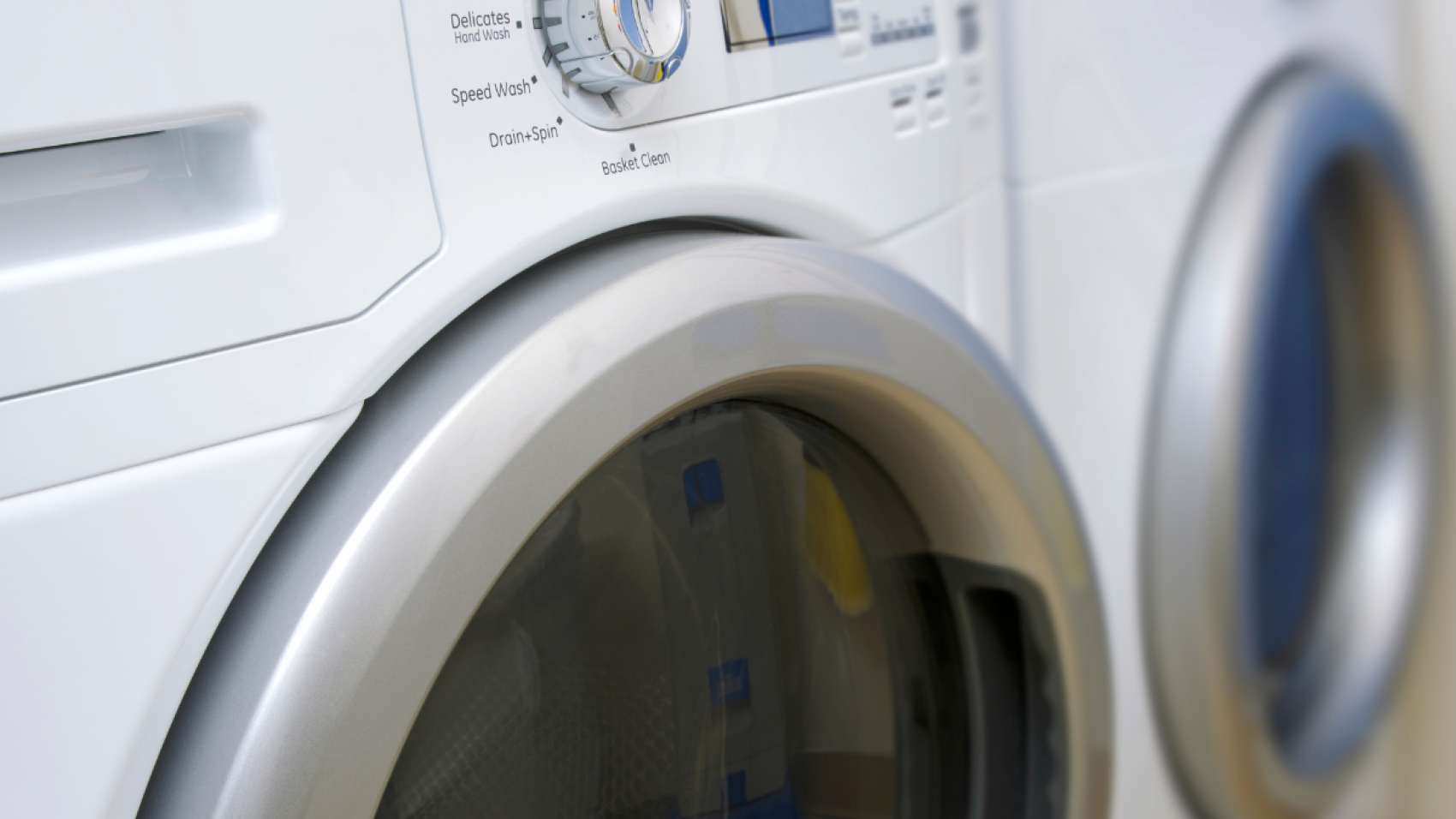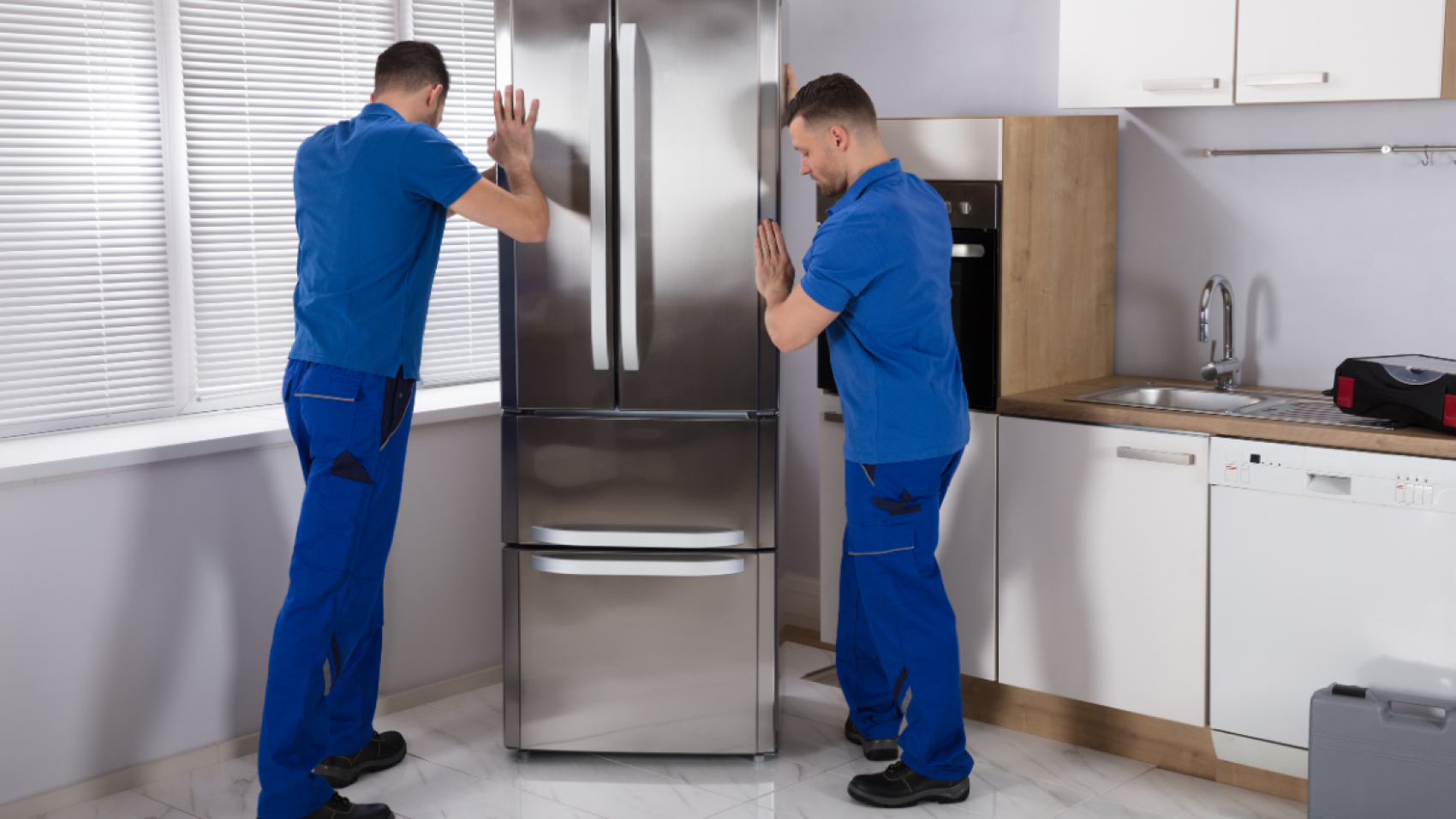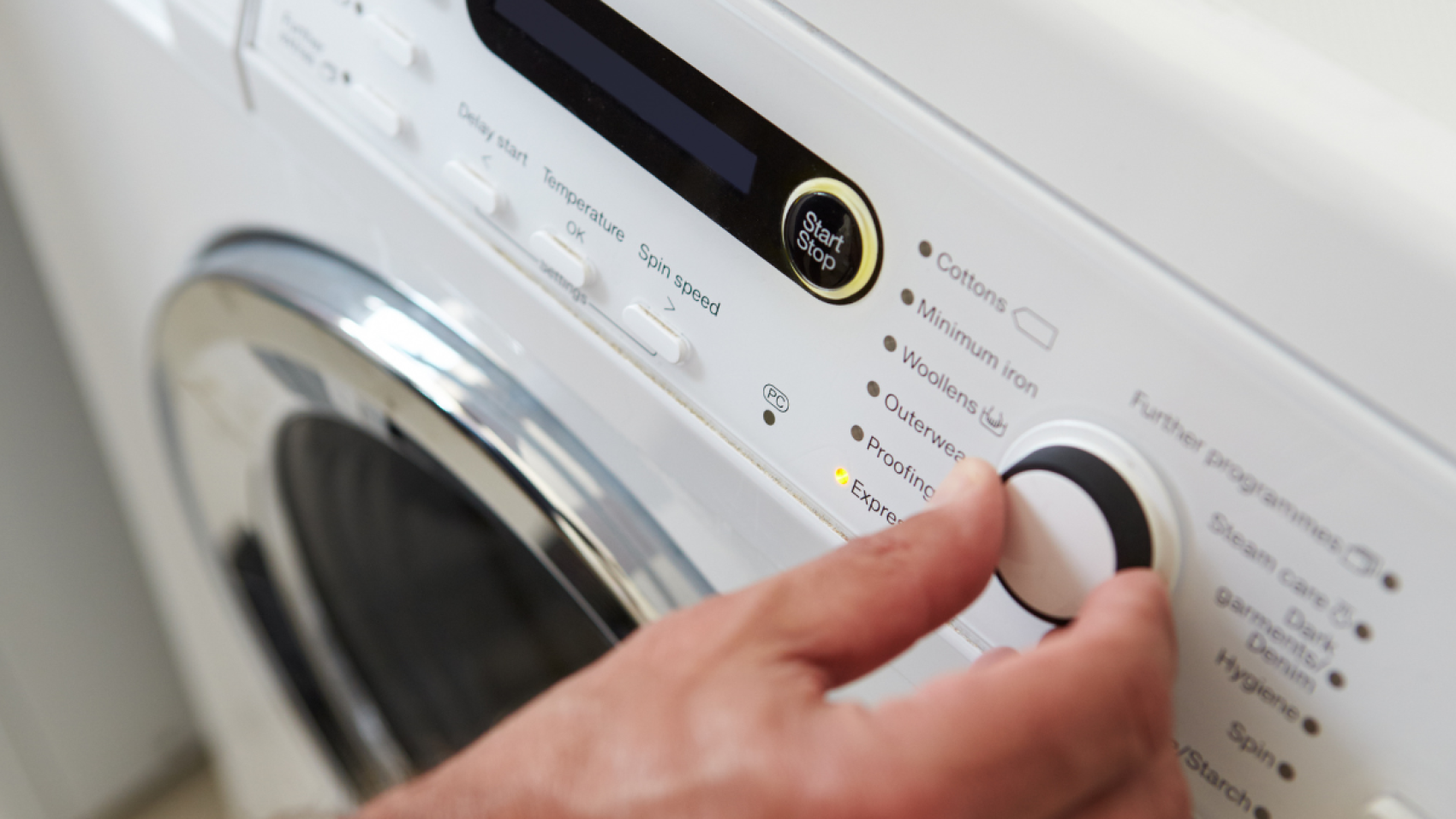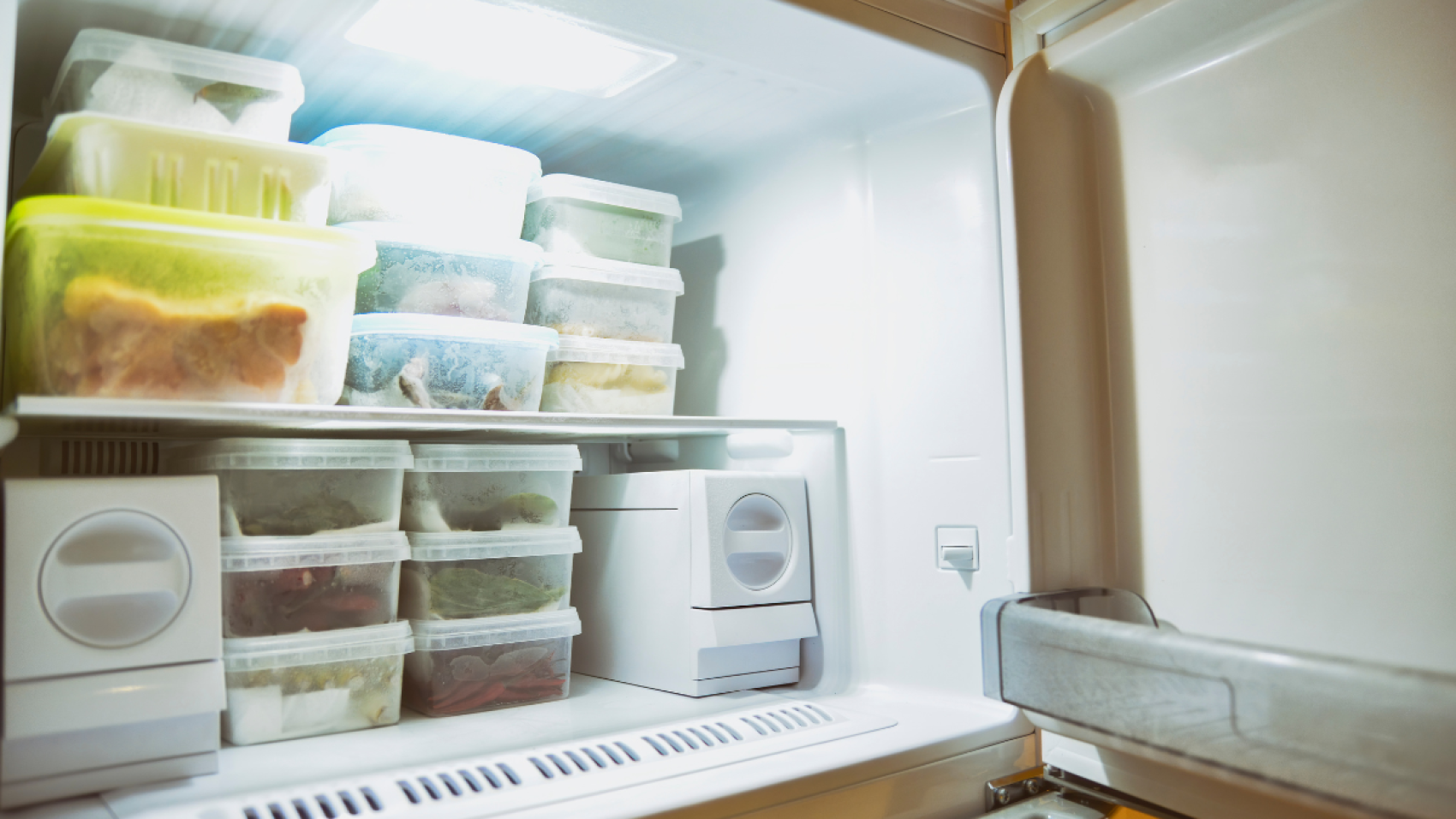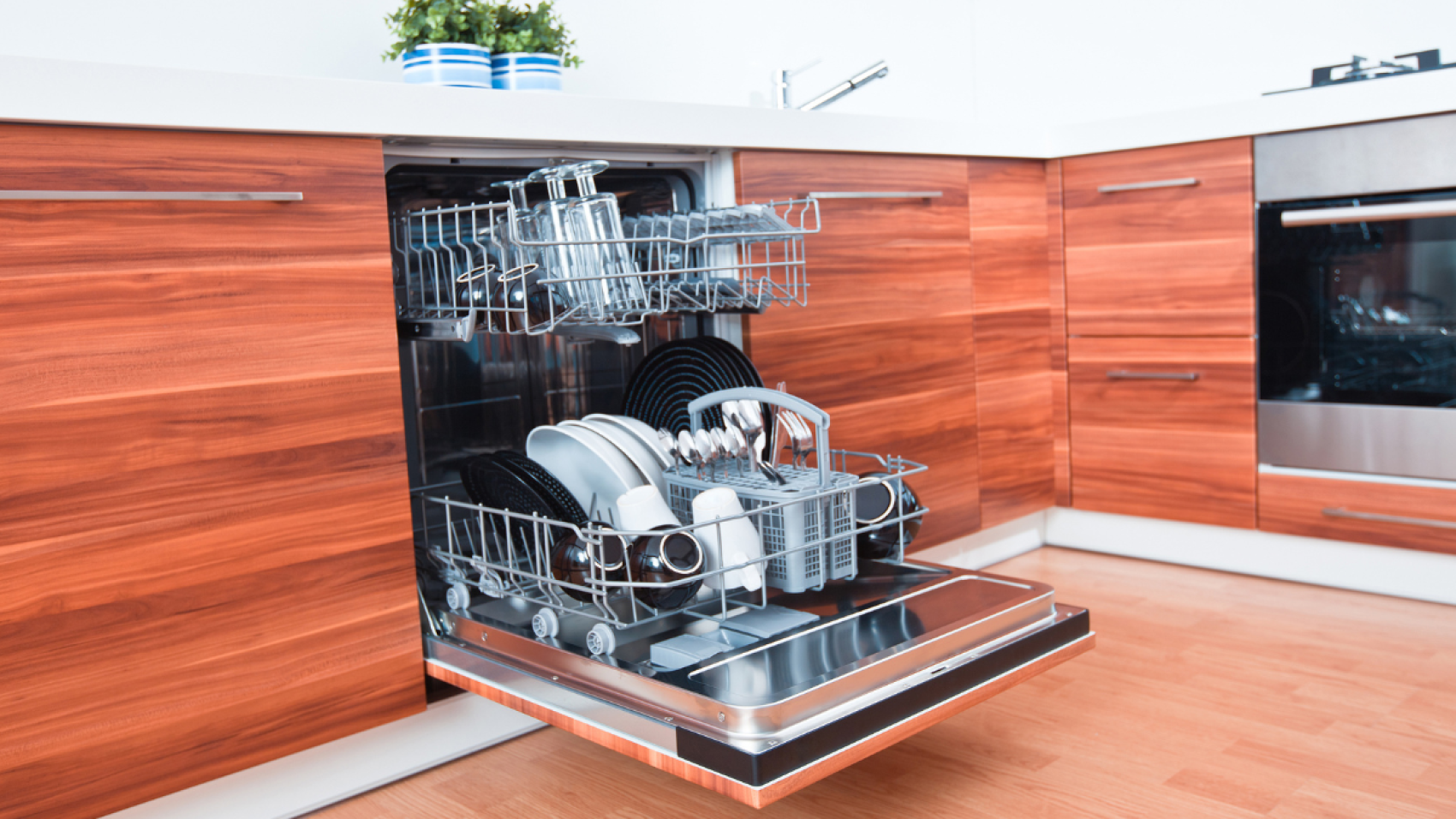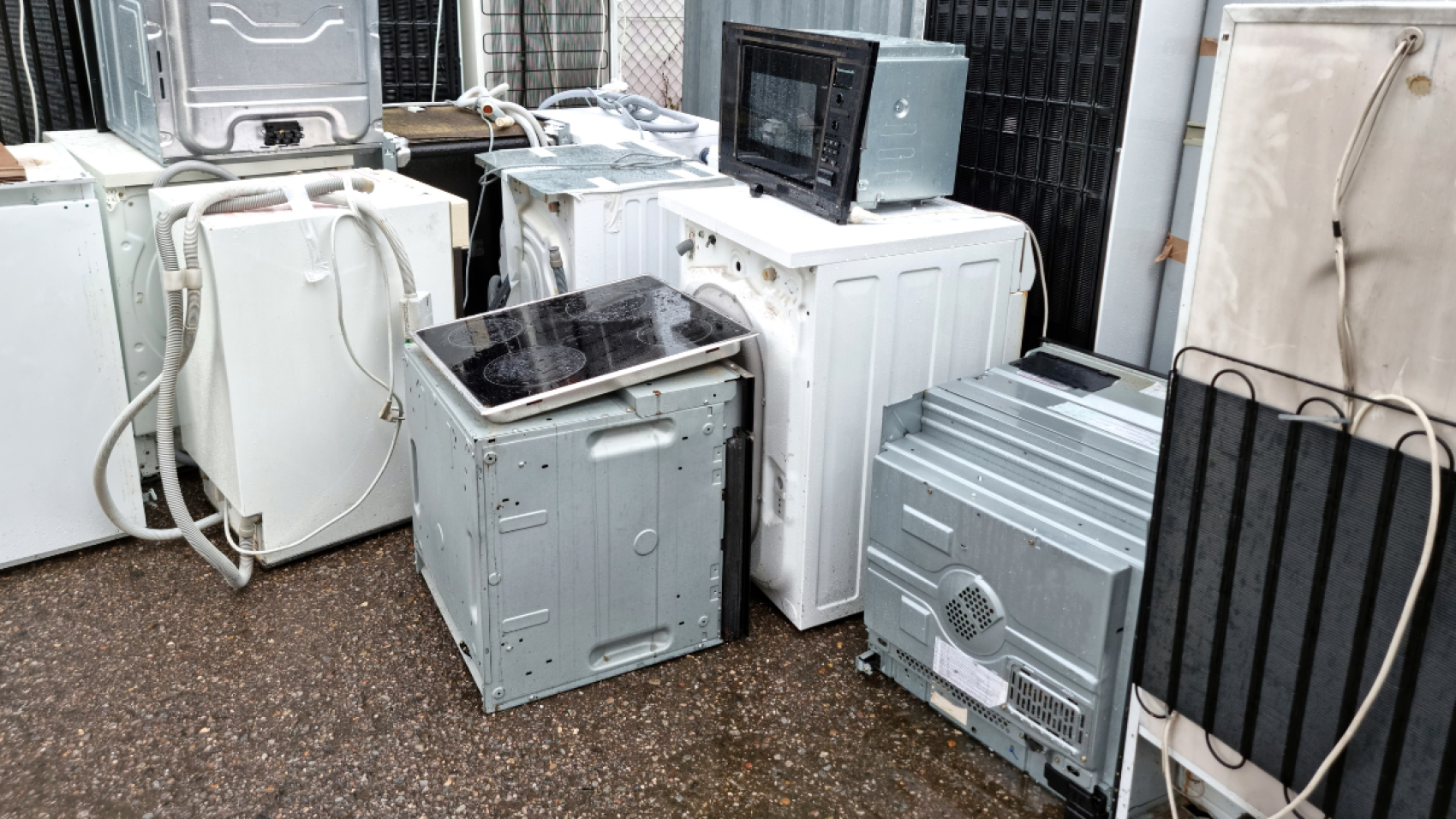Oven Repair & Dishwasher Repair – How to Fix Your Oven or Dishwasher That Won’t Work Properly?
Are you facing issues with your oven or dishwasher? Do you have trouble getting it to work properly? If so, don’t worry, as there are ways to fix these problems. In this article, we will discuss some common issues that people face with their ovens and dishwashers and provide you with some tips on how to fix them.
Introduction
Before we dive into the details of fixing ovens and dishwashers, it’s important to understand that these appliances are complex machines that require proper care and maintenance. Neglecting them can lead to serious issues, such as fire hazards or electrical shocks. Therefore, it’s essential to take proper safety precautions and follow manufacturer instructions when attempting any repairs.
Common issues with Ovens
The oven not heating up
One of the most common issues with ovens is that they don’t heat up properly. This could be due to a malfunctioning thermostat or a faulty heating element. To fix this issue, you need to identify the source of the problem first. If the thermostat is broken, you’ll need to replace it. If the heating element is faulty, you can either repair or replace it.
Uneven cooking
Another issue that people face with their ovens is uneven cooking. This could be due to a faulty heating element or a malfunctioning convection fan. To fix this issue, you need to ensure that the heating element is working properly and that the convection fan is circulating the hot air evenly. If the heating element is faulty, you can either repair or replace it. If the convection fan is not working correctly, you’ll need to replace it.
The oven door not closing properly
If your oven door is not closing properly, it could be due to a broken hinge or a worn-out gasket. To fix this issue, you need to check the hinges and gasket and replace them if necessary.
Common issues with Dishwashers
The dishwasher not cleaning properly
One of the most common issues with dishwashers is that they don’t clean dishes properly. This could be due to a clogged spray arm or a malfunctioning pump. To fix this issue, you need to remove the spray arm and clean it thoroughly. If the pump is malfunctioning, you’ll need to replace it.
The dishwasher not draining properly
Another issue that people face with their dishwashers is that they don’t drain properly. This could be due to a clogged drain hose or a malfunctioning drain pump. To fix this issue, you need to remove the drain hose and clean it thoroughly. If the drain pump is malfunctioning, you’ll need to replace it.
The dishwasher making unusual noises
If your dishwasher is making unusual noises, it could be due to a malfunctioning motor or a worn-out pump. To fix this issue, you need to check the motor and pump and replace them if necessary.
Preventing Issues with Ovens and Dishwashers
Regular cleaning and maintenance can prevent most issues with your oven or dishwasher. Follow manufacturer instructions for cleaning and use, and avoid overloading or misusing these appliances.
For ovens, clean the heating element regularly to prevent excess food or grease buildup. Avoid slamming the oven door, as this can damage the seal and affect the oven’s performance.
For dishwashers, rinse dishes before loading to prevent clogs in the spray arm and filter. Clean the dishwasher’s interior and components regularly to prevent mold and bacteria growth.
Conclusion:
In conclusion, fixing your oven or dishwasher that won’t work properly can be a challenging task, but it’s not impossible. With the right knowledge and tools, you can troubleshoot and fix many common issues on your own, saving you time and money. It’s important to always follow safety precautions and turn off the power before attempting any repairs. If you are unsure about a repair or feel uncomfortable doing it yourself, it’s best to call a professional for help.
FAQs
1. Can I fix my oven or dishwasher myself?
Answer: It depends on the issue. Minor issues like a dirty heating element or clogged filter can be easily fixed at home. However, for more complex issues, it’s best to call a professional to avoid causing further damage or risking injury.
2. How often should I clean my oven or dishwasher?
Answer: It’s recommended to clean your oven and dishwasher at least once a month. However, if you use them frequently, you may need to clean them more often.
3. Why is my oven door not closing properly?
Answer: A faulty door hinge or latch could be causing your oven door to not close properly. Check these components and replace any that are damaged.
4. How do I clean the dishwasher’s spray arm?
Answer: Remove the spray arm from the dishwasher and soak it in a solution of warm water and vinegar for 30 minutes. Use a toothbrush or other soft-bristled brush to remove any debris or buildup, then rinse the arm thoroughly and reinstall it in the dishwasher.
5. Why is my dishwasher making strange noises?
Answer: Strange noises in a dishwasher could be due to a clogged spray arm, a malfunctioning motor, or a faulty pump. Check these components and replace any that are damaged.
We hope this article has provided you with valuable insights and tips for fixing your oven or dishwasher that won’t work properly. Remember to always prioritize safety and turn off the power before attempting any repairs. If you’re unsure or uncomfortable with a repair, it’s best to call a professional. For more great prompts and topics, visit the link above and unlock a world of possibilities for your content writing needs. Thank you for reading!

